Good day to you all and welcome back. There is a trend currently in many of the art schools I work with with a growing number of students who are eager to get involved with animation, or more specifically with character development. Because this line of work is so popular, there is also a trend in line work and a lot of the inspired animation styles that are all over the internet.
I am responding to this surge in the desire for line with a few concepts and tips on how to work with line. This first part is a collection of technical concepts to help clarify and to improve your line work, inspired by some of my students who are having difficulty grasping the concept of line and how to use it clearly.
It will be especially important to those few who are aspiring to get involved with comics and sequential art to grasp the concept of line and what it can represent and how it can make someone feel, as well, how it can confuse and confound the audience if done naively.
In Part 2 we will look at some concepts and processes with the more mechanical render and Part 3 will cover more organic rendering ideas and techniques.
And after uploading these to the blog I realized that my scanner bed sucks really really badly and I apologize for the scans that um, my friend next door made for me…yeah, blame my friend.


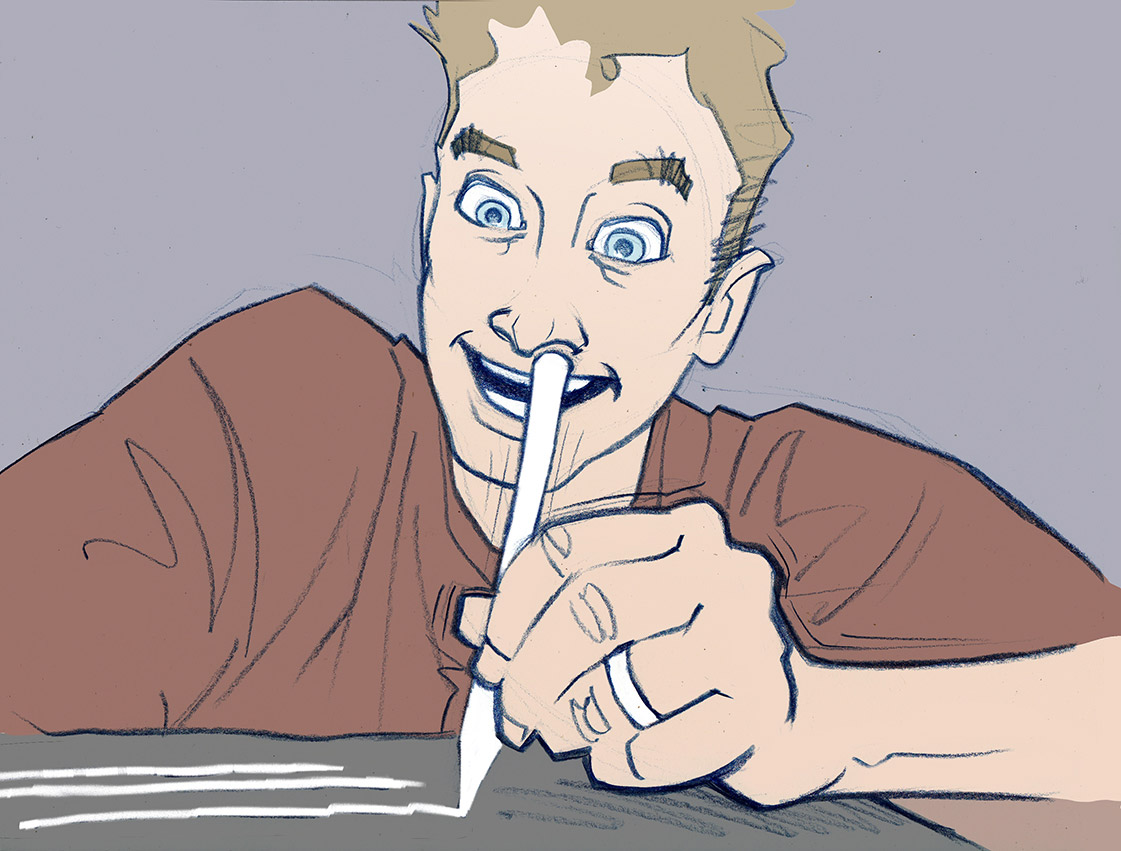
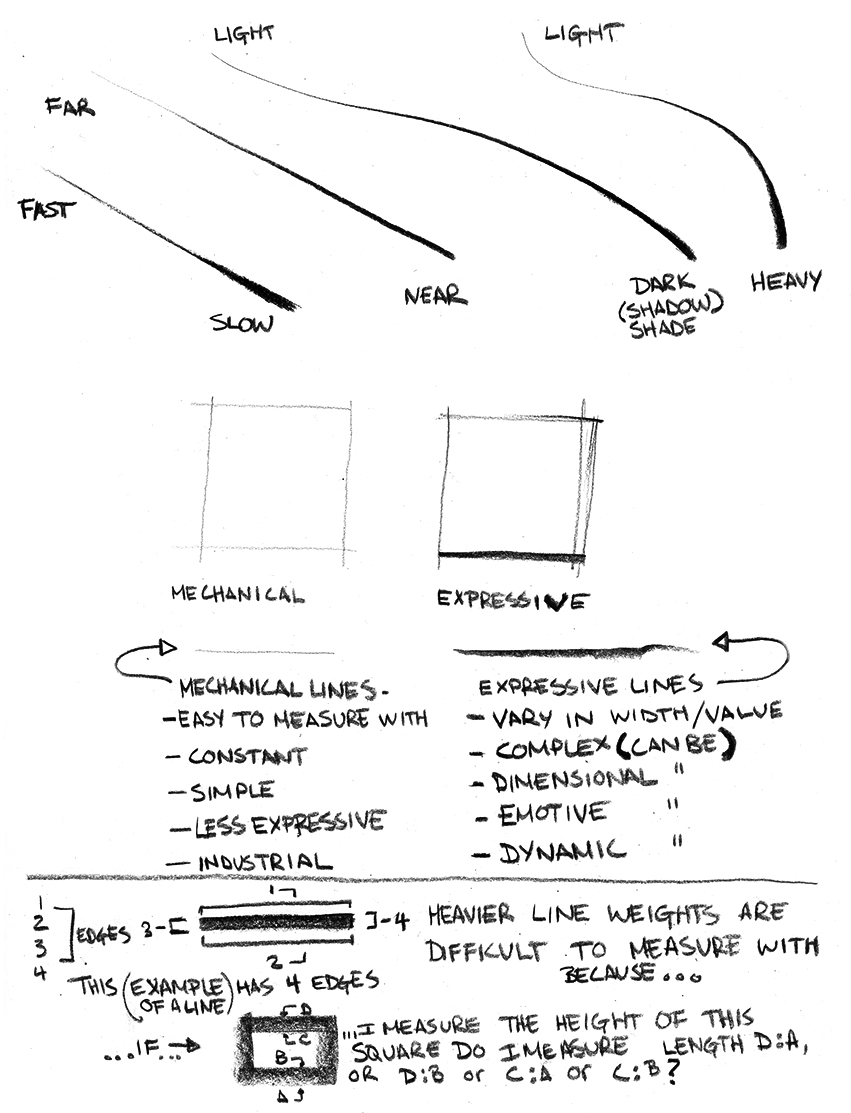
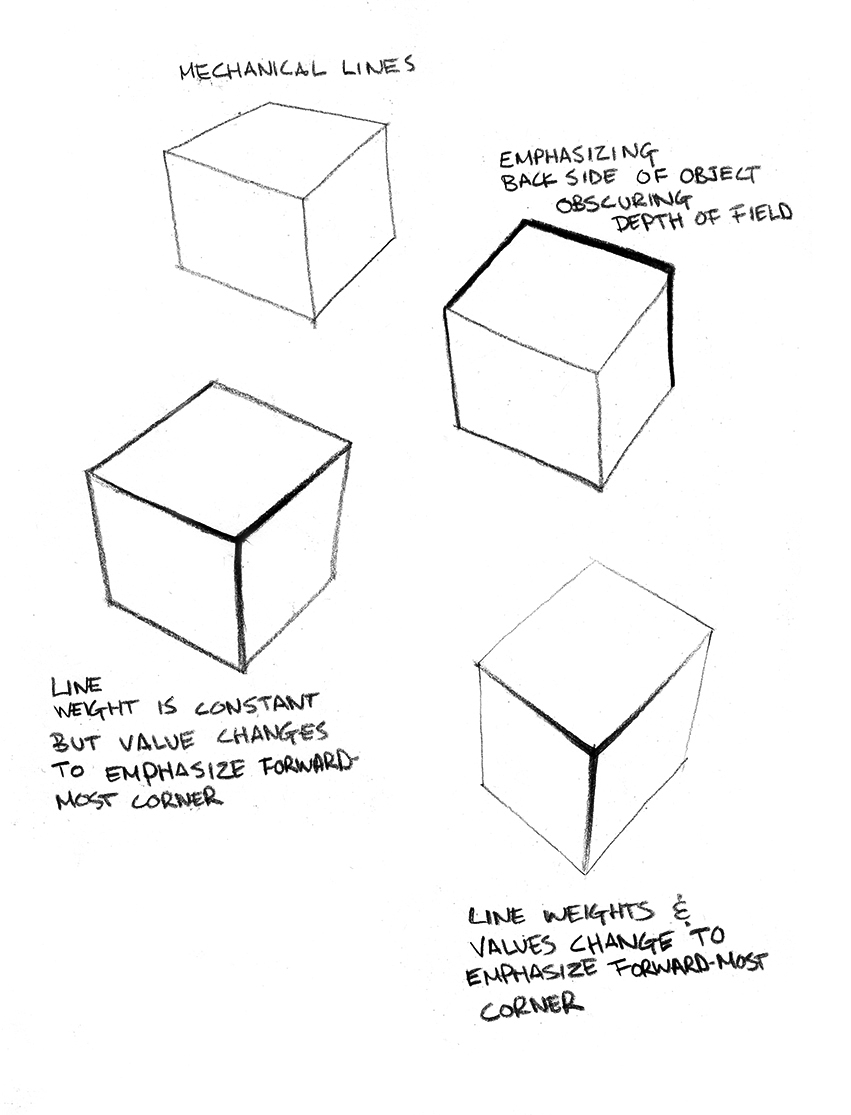
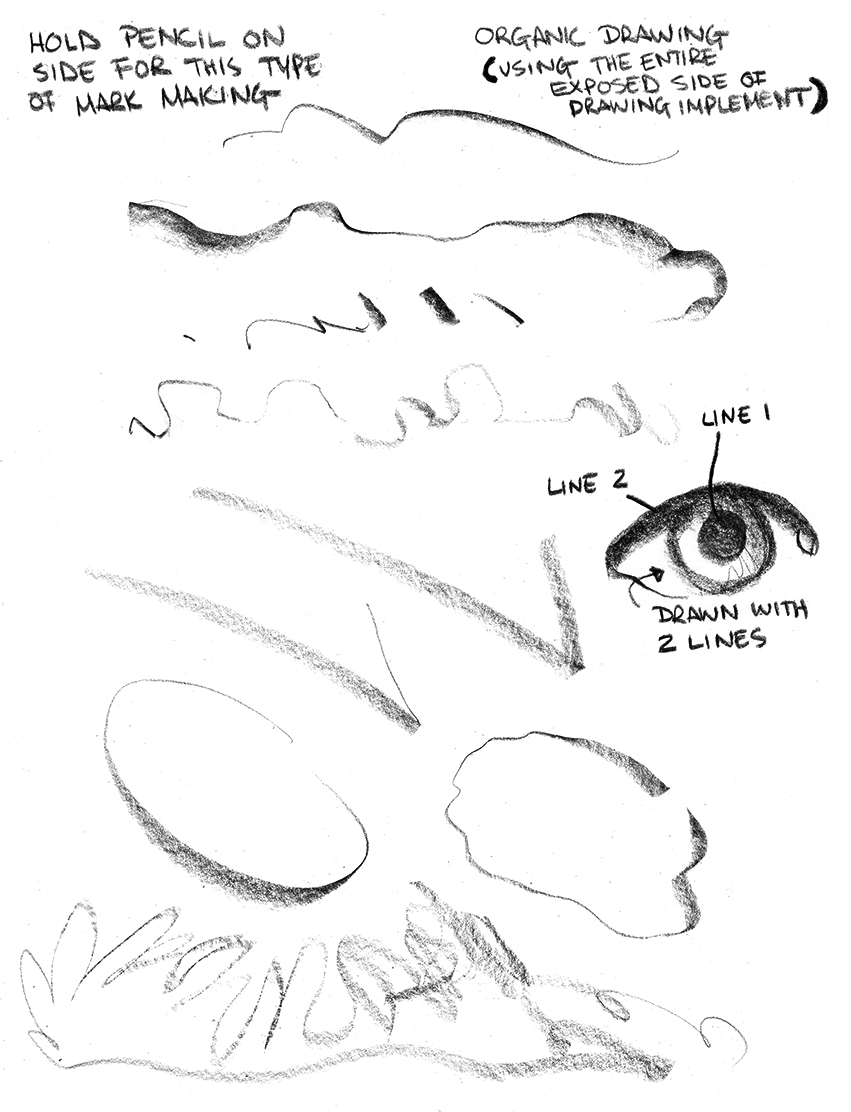
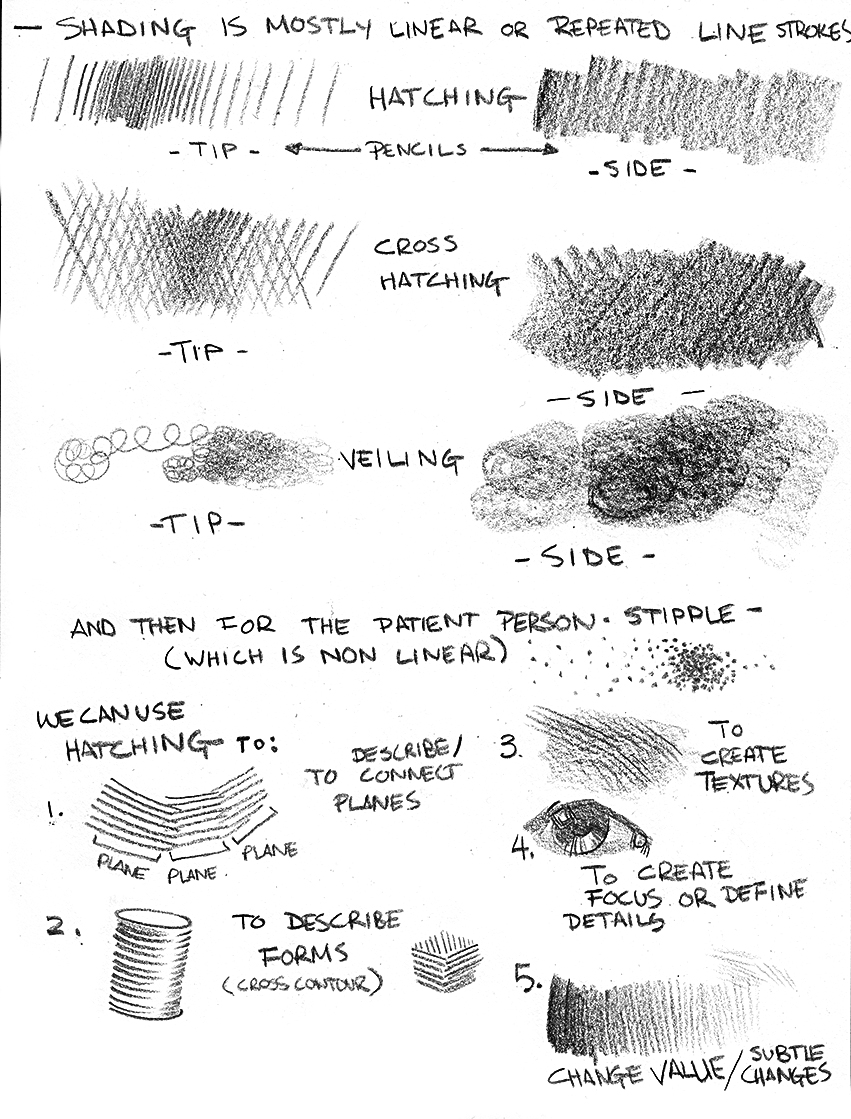
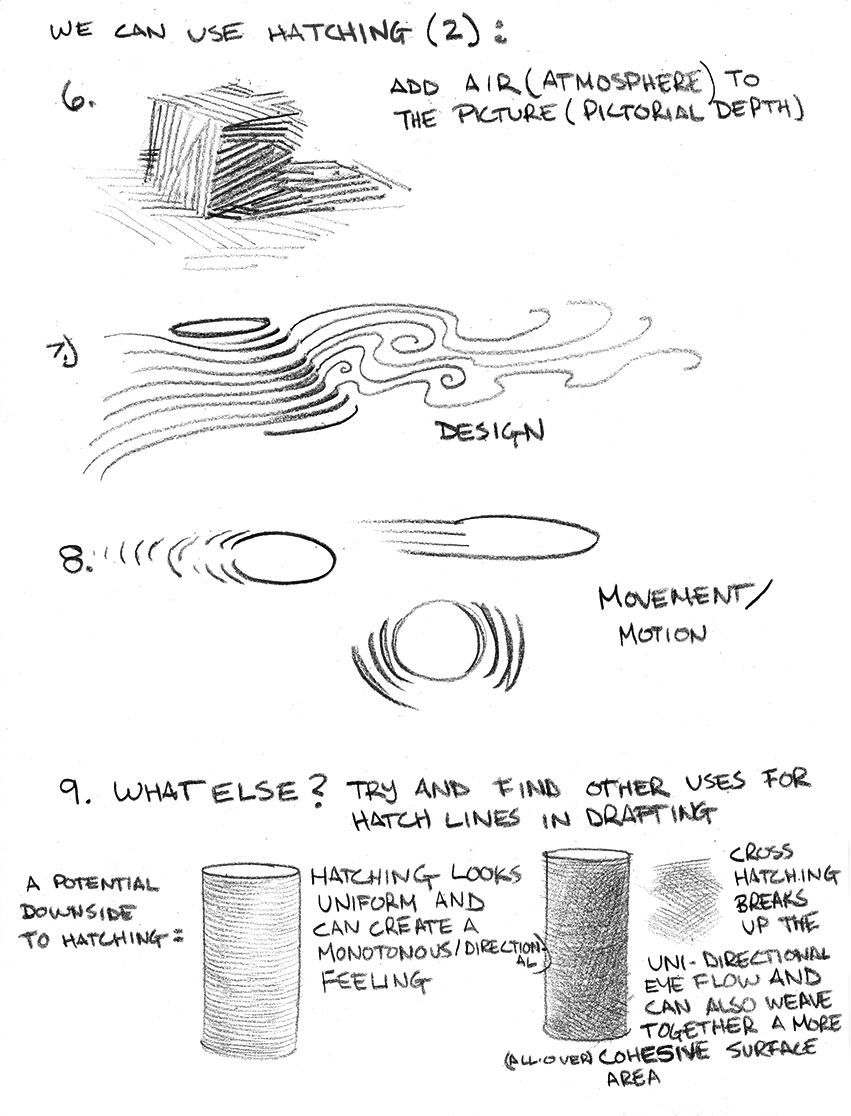
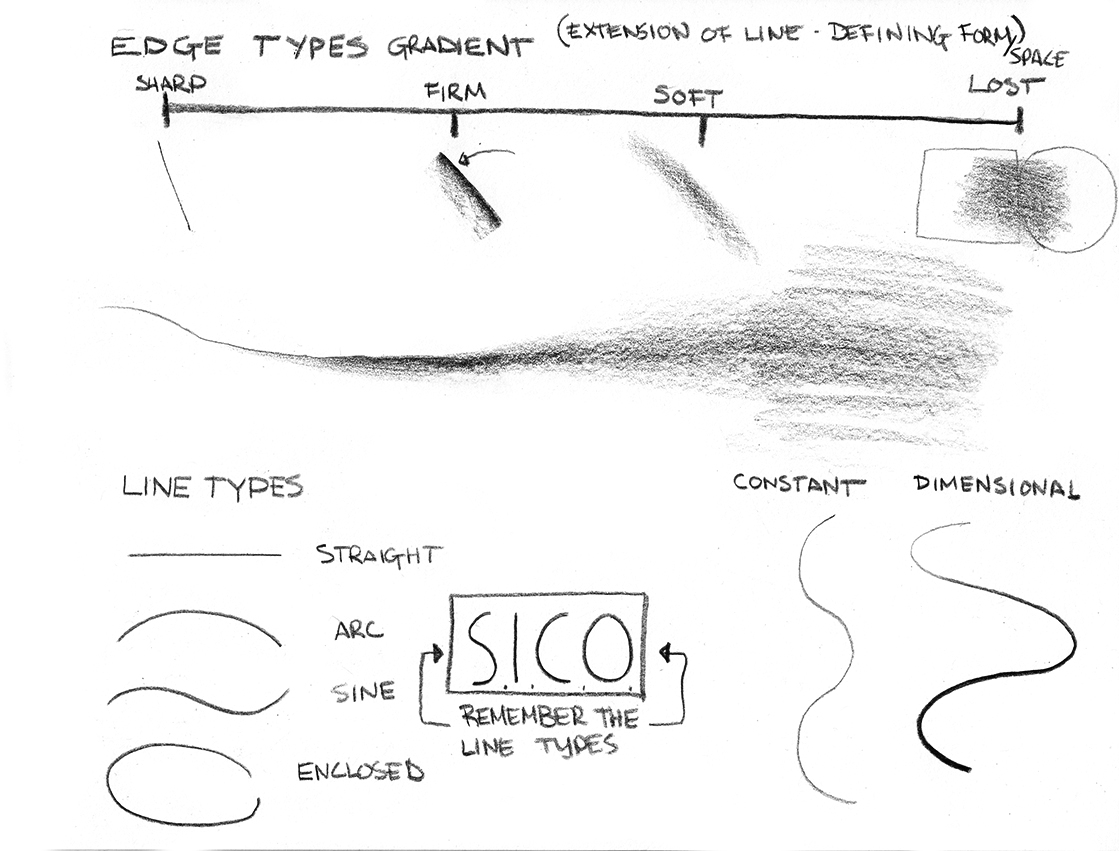

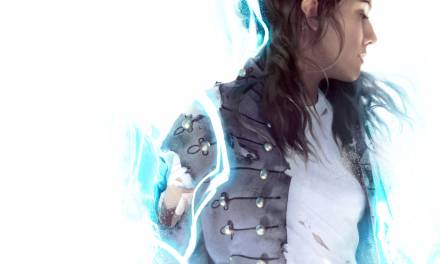
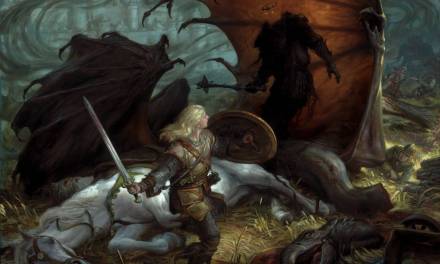

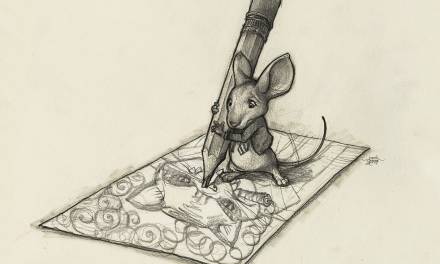
This is such a great post on line quality, not only for beginners, but also as a refresher for those more experienced. Thank you!
Thank you for sharing. While a variety of lines and line thicknesses are handy for pencil drawing, it carries over to drawing with ink like a pen or a brush. Practice making lots of lines too, in different thicknesses and in patterns.
Excellent breakdown of marks and the language of, from one Marksist to another.
I'm really enjoying these posts, Ron. I still remember the teaching materials you used to post on Sijun, back in the day.